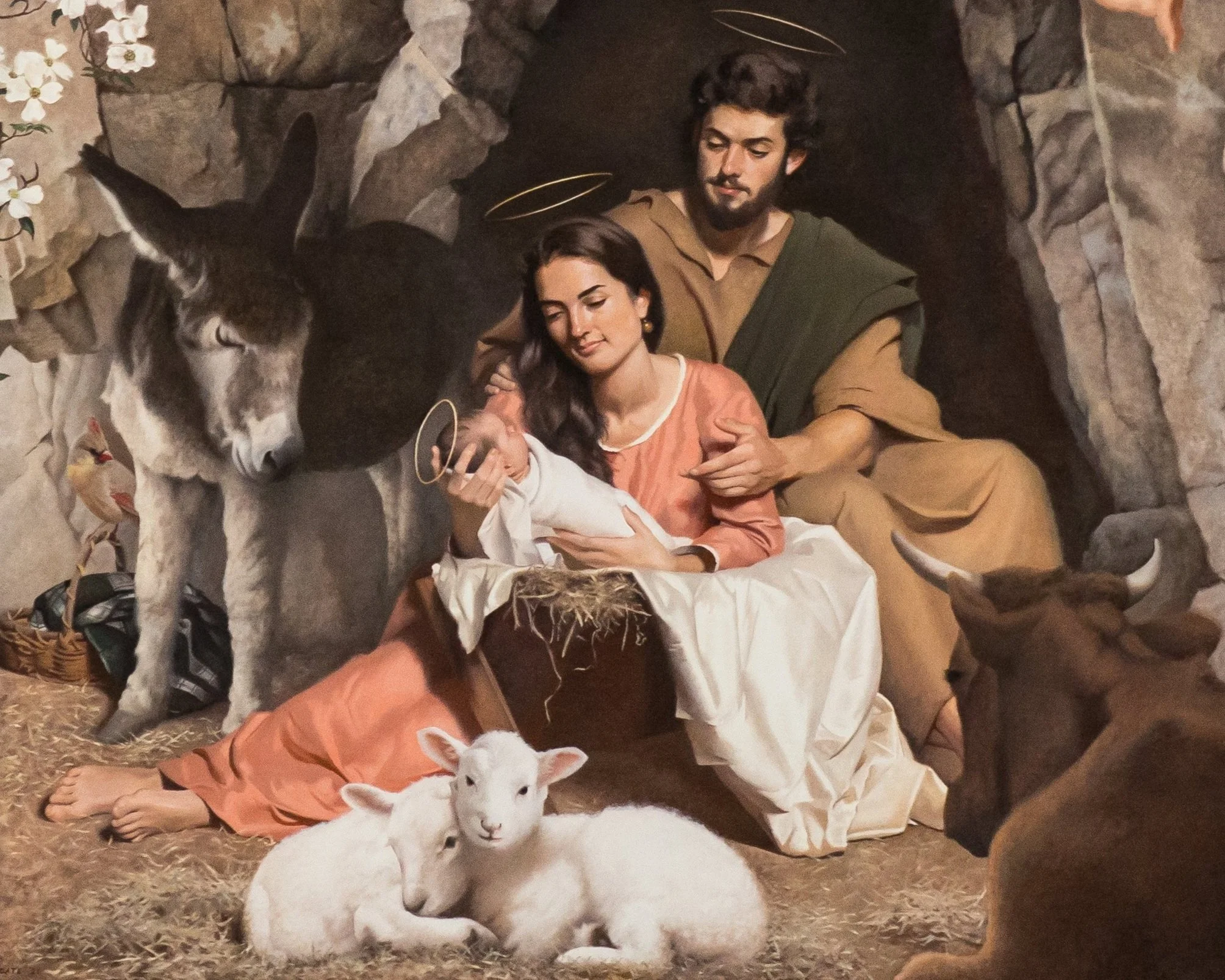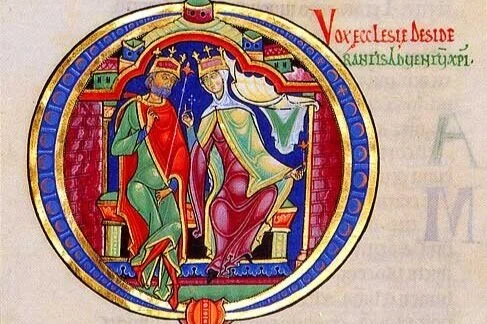Rudolph Wittkower (1901-1971) contrasts the approach of architects from the High Renaissance period, who relied largely on musical theory for their mathematics, with those of the ancient Greek and the medieval period, who used geometric constructions based upon the triangle, the square, and the pentagon.
A New Painting of the Nativity by Henry Wingate for Oakcrest School in Virginia
Book Recommendation: A Journey with Jonah, Part Three - Art and Literature Through Centuries
Book Recommendation: A Journey With Jonah, Part 3 - The Themes of Jonah in Non-Catholic Cultures
Pictorial Allegories of the Love of God Inspired by the Song of Songs - Part 2
Ron Gaudio's blogpost on Pythagoras and his lasting influence on Western Civilization
For Pythagoras and many other Greek philosophers, the beauty of the cosmos reflected not only a harmonious order but divinity itself. That is why they were also a community that worshipped. Pythagoras’s legacy reached even to the United States, being responsible for the architectural beauty of Monticello, Harvard Hall, and the Capitol Building.
Byzantine Ressourcement #2: How Did They Reform the Liturgy and Avoid Ugliness and Rancor?
Holiness Inspires Greatness In Others - Fr Vincent McNabb's Impact on Belloc and Chesterton
Biblical Typology for Christmas in a Liturgical Hymn: Words, Music and Art
Two Schemas for Liturgical Art in the 15th Century: Can You Identify These Saints?
Asperges Syndrome
Science Studies the Pattern of the Past. Beauty Is the Pattern of the Future. Science Needs Help!
Natural science is a good thing, but we must understand its limitations. As a method of inquiry is blind to the possibilities of human creativity, inspiration, and the way in which each of us uses our naturally endowed freedom. This is why it fails spectacularly and repeatedly time after time to predict the future for humanity.














